A Prague exhibition celebrates the life and work of an unsung hero of Israeli architecture
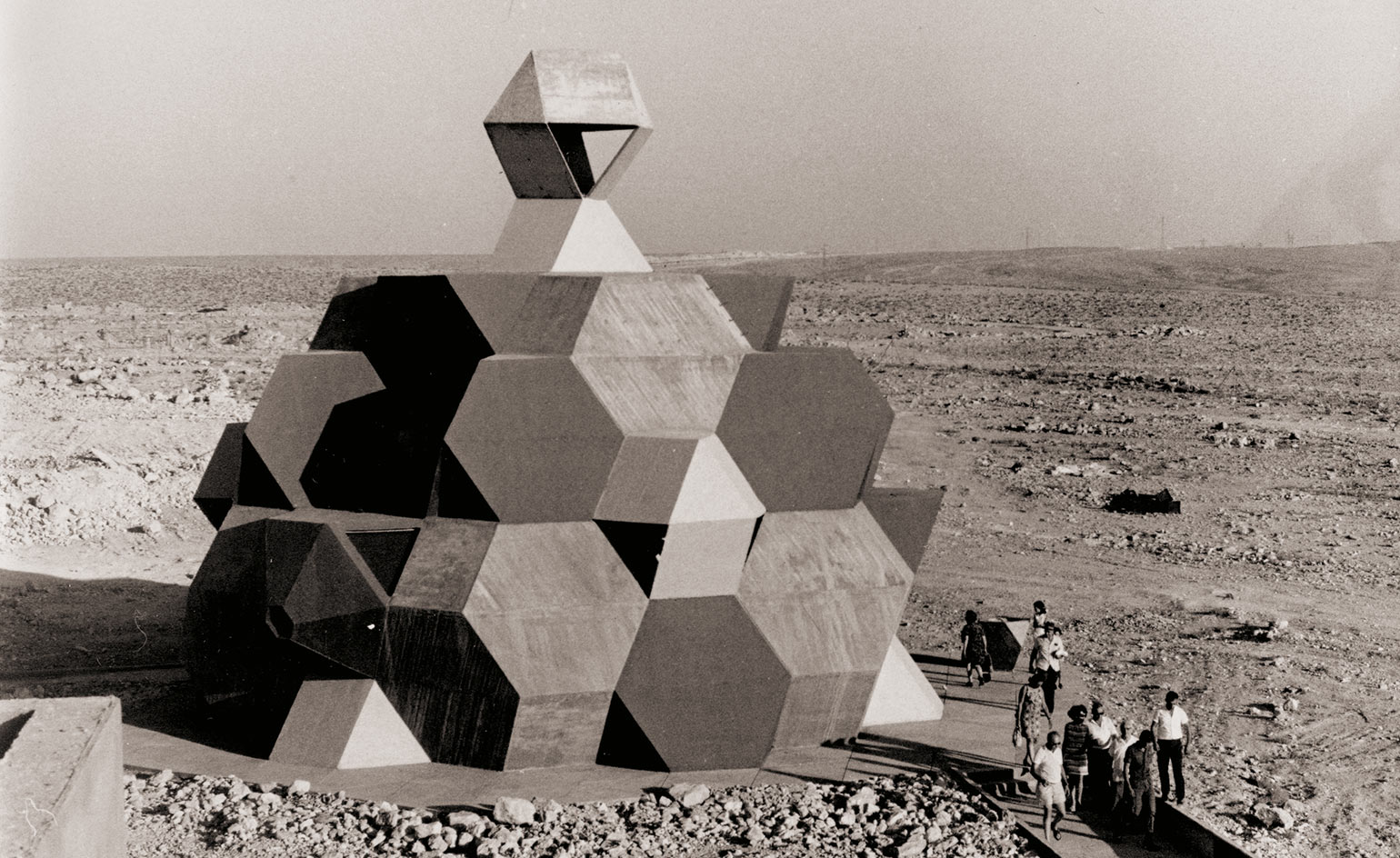
Experimental structural solutions and fantastic modernist forms have taken over Gallery NTK at the Czech National Library of Technology in Prague, for a survey of Israeli architect Alfred Neumann. Curated by the Ostrava-based Cabinet of Architecture in collaboration with MIT’s Rafi Segal, the show is the first major international attempt to present the work of Neumann.
The exhibition gives a comprehensive overview of Neumann’s life and career. Born in 1900 in Vienna, Neumann moved to Brno in Czechoslovakia, where his father operated small carpentry workshop. In 1922, he enrolled at the Vienna Academy, where he studied under Peter Behrens, going on to design furniture and interiors.
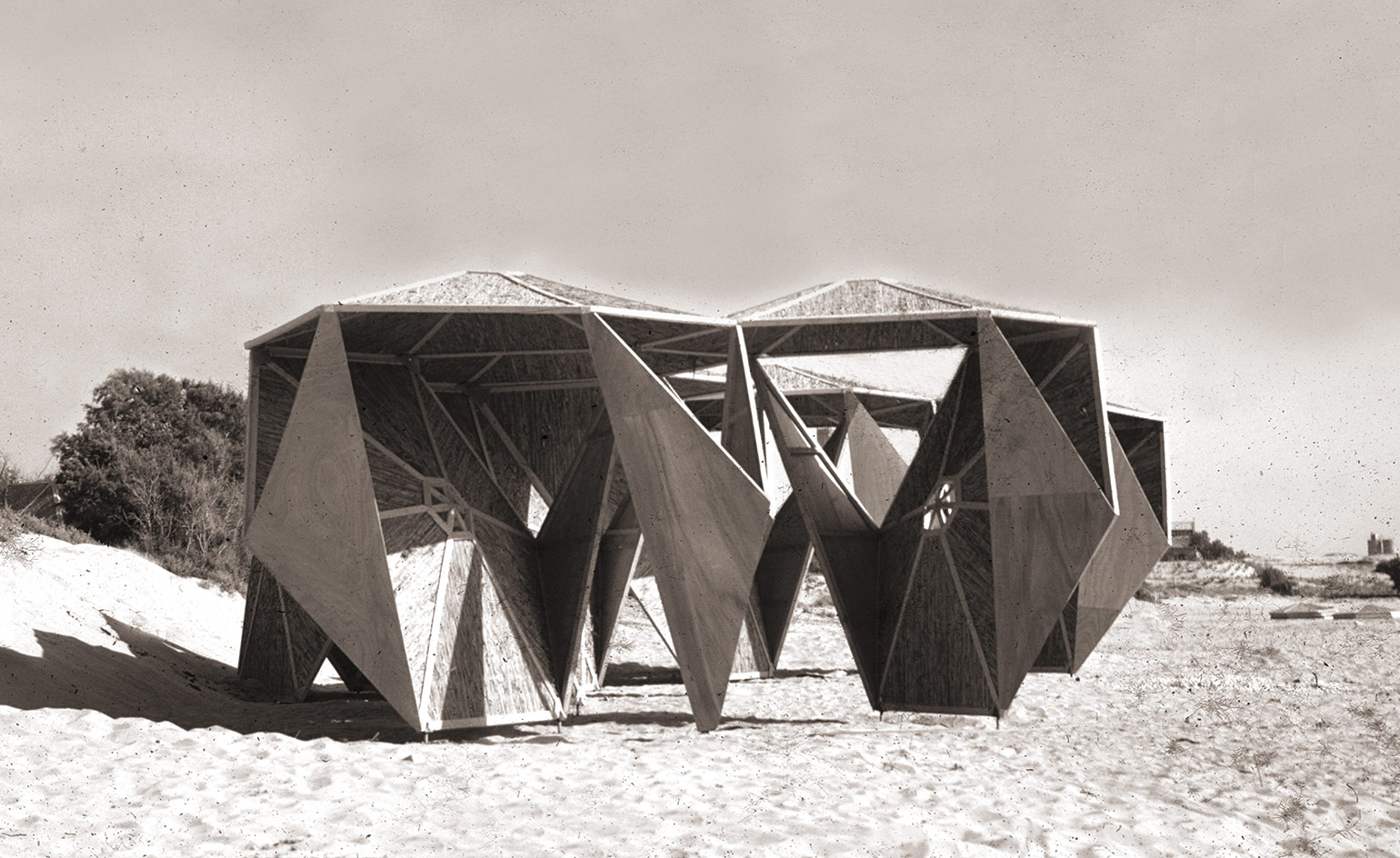
Lightweight beach pavilions at Achziv, 1960-1
After surviving the concentration camp in Terezín during the Second World War, he escaped to Israel during the communists’ rise to power in Czechoslovakia in 1948 and began to work for Richard Kaufmann briefly. He became Dean of the Architecture Faculty at the Israel Institute of Technology in Haifa; following extensive travels, he founded his own atelier in 1959, inviting former students Eldar Sharon and Zvi Hecker to join him.
Influenced by the Czechoslovakian pre-war international style and the material expression of brutalism, Neumann created highly original versions of modernist architecture. Together with Sharon and Hekcker, who later rose to fame after Neumann’s death, the architect designed some of the most important structures in Israel during the 1950s and 1960s.
Archive images of several of Neumann’s most important projects, dating back to 1930s feature in the exhibition, beside recently-built, 3D-printed models, and life-size installations, evocating the architect’s hard-edge structural solutions of his celebrated projects.
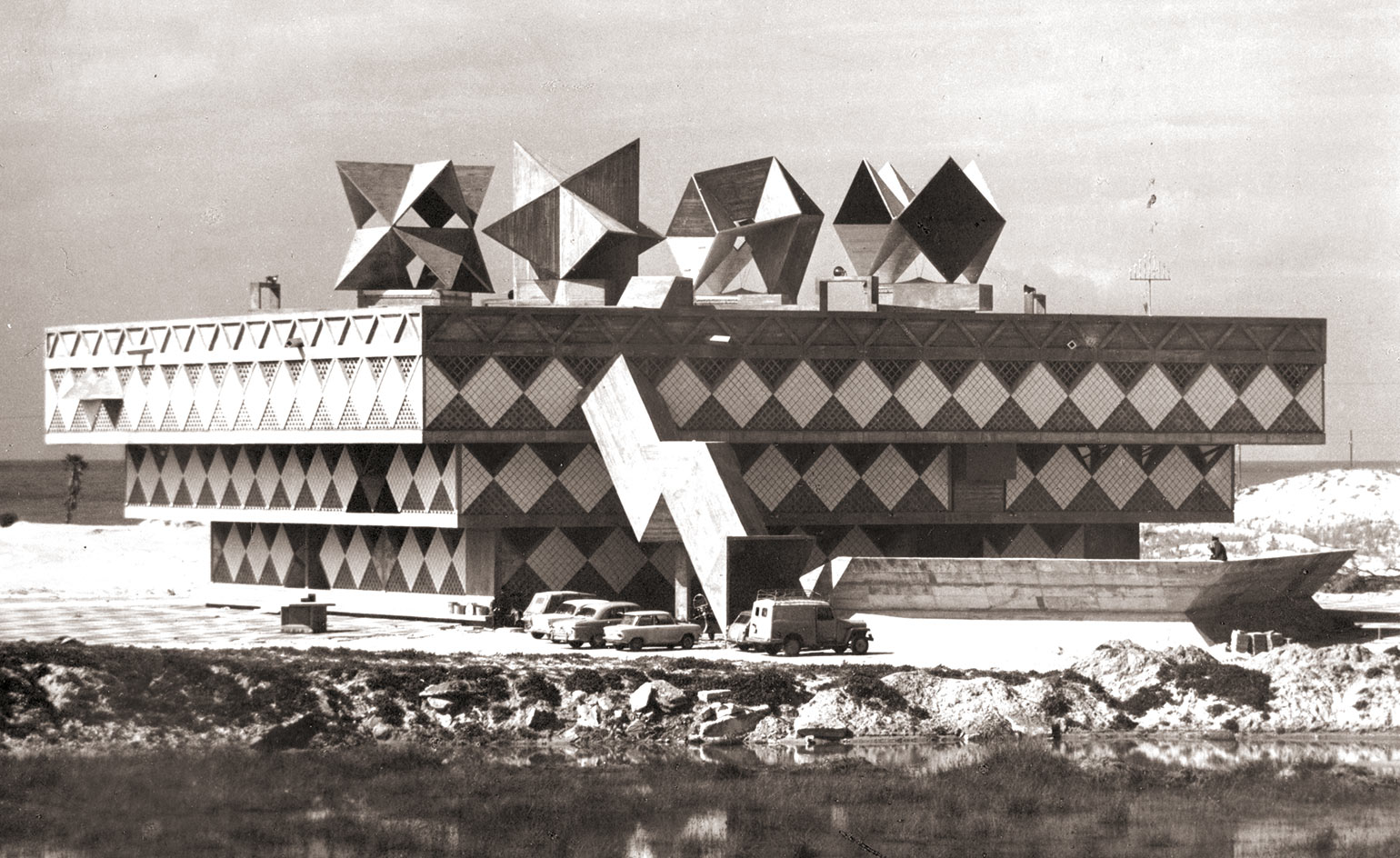
Bat Yam Town Hall, completed in 1969
After using expressive polyhedral structures to design lightweight beach pavilions for a holiday camp at Achziv, he soon began to realise his visions in concrete: his town hall project in Bat Jamu, for example, was completed in 1963. Neumann’s later work – such as the Dubiner apartment building in Ramat Ganu – explored new possibilities of spatial design in the residential environment, and his military school in Mitzpe Ramon, finished in 1969, offered more surprises with its playful form of stacked concrete hexagons.
Following a successful career in Israel, Neumann relocated to Canada where he taught at the Université Laval in Quebec into his later life. After his death in 1969, his influence continued to be seen widely, through the work of his student Hecker (who also excelled in modular residential designs), and further afield too, in the ideas of the Japanese metabolists and European structuralists.
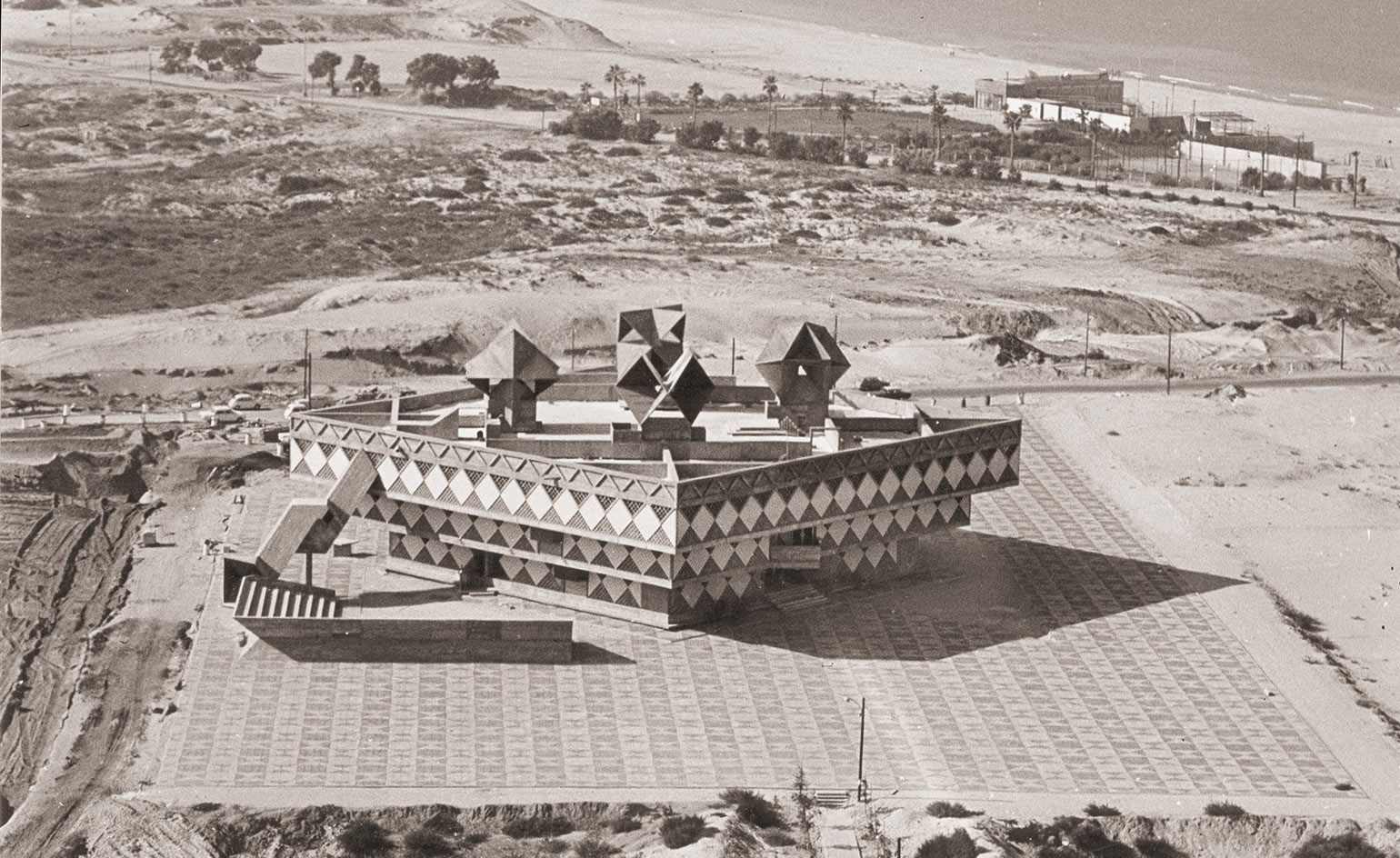
Bat Yam, Israel, completed 1969
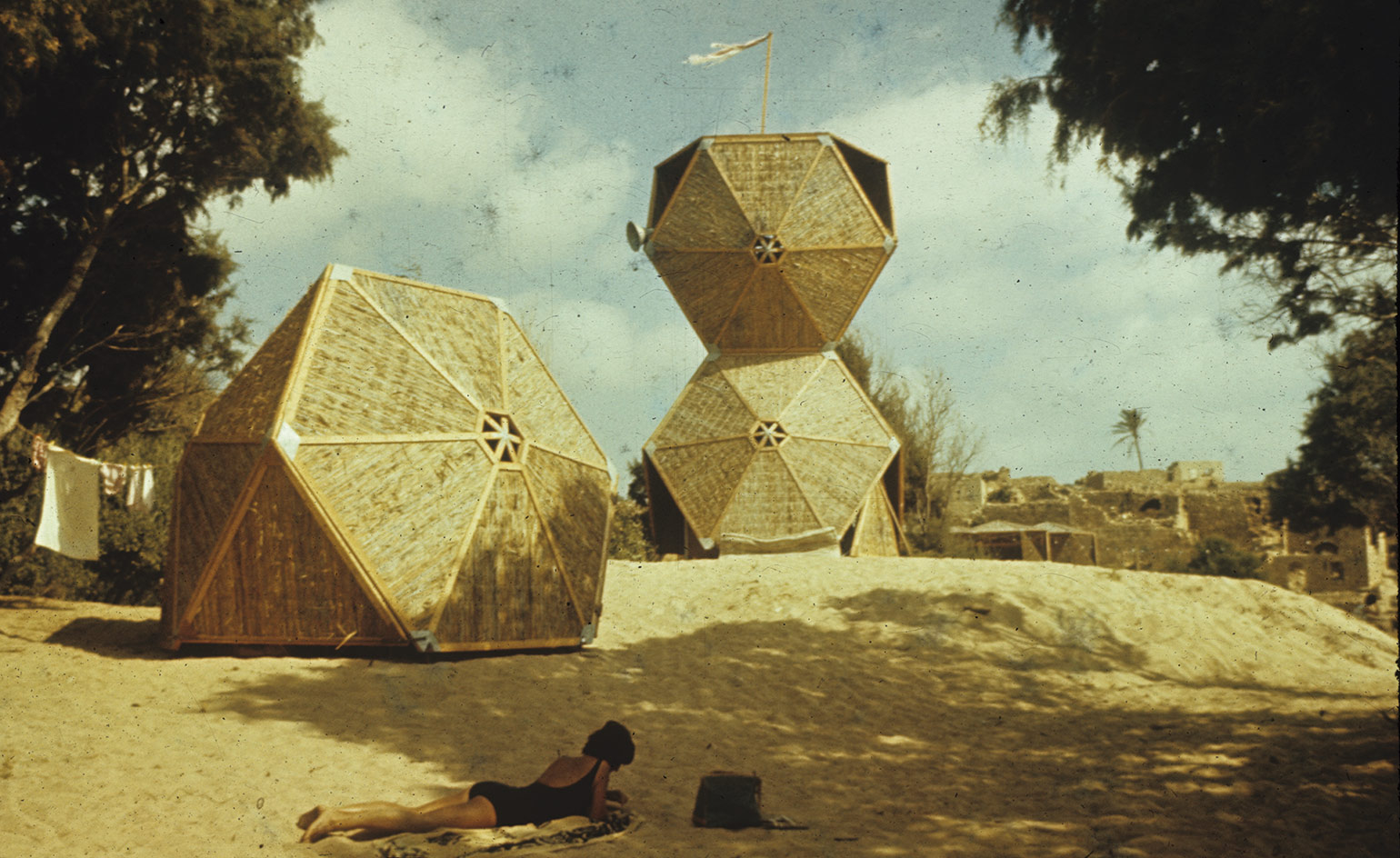
Neumann-designed lifeguard booth
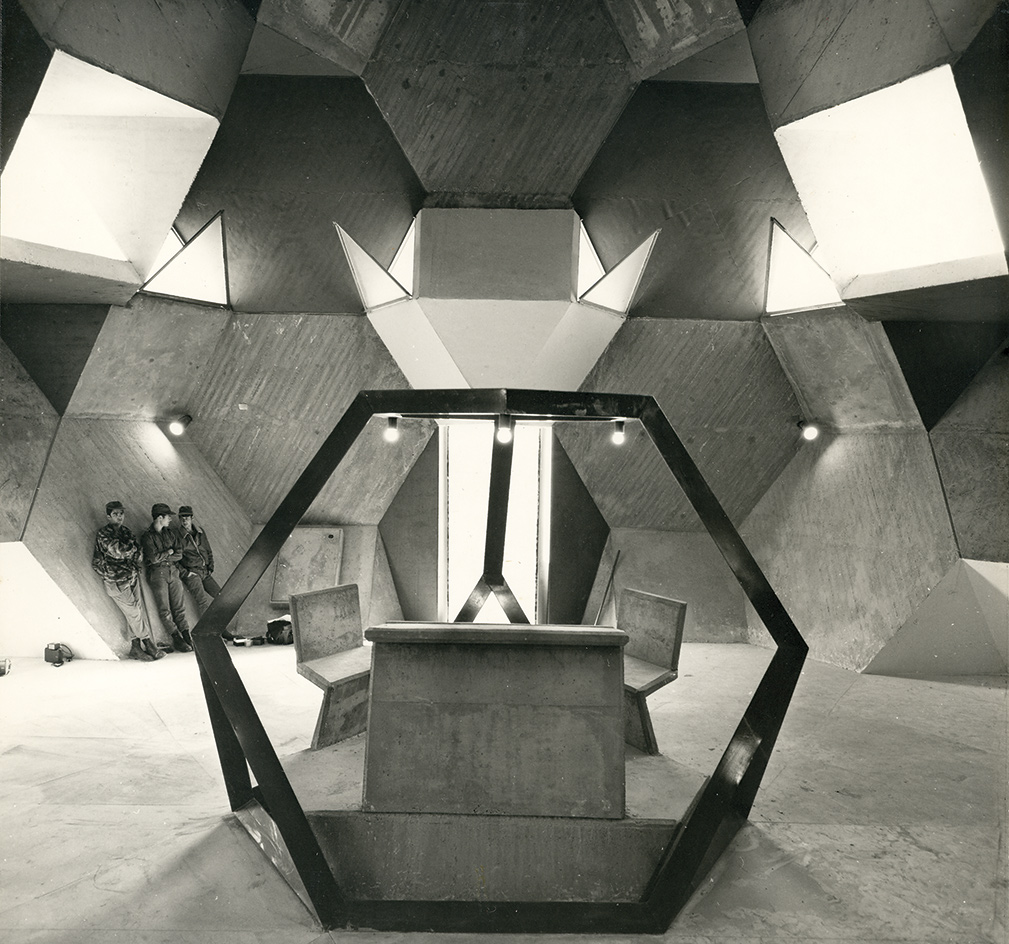
Interior view of the Synagogue at the Officers School Training Base I, Israel
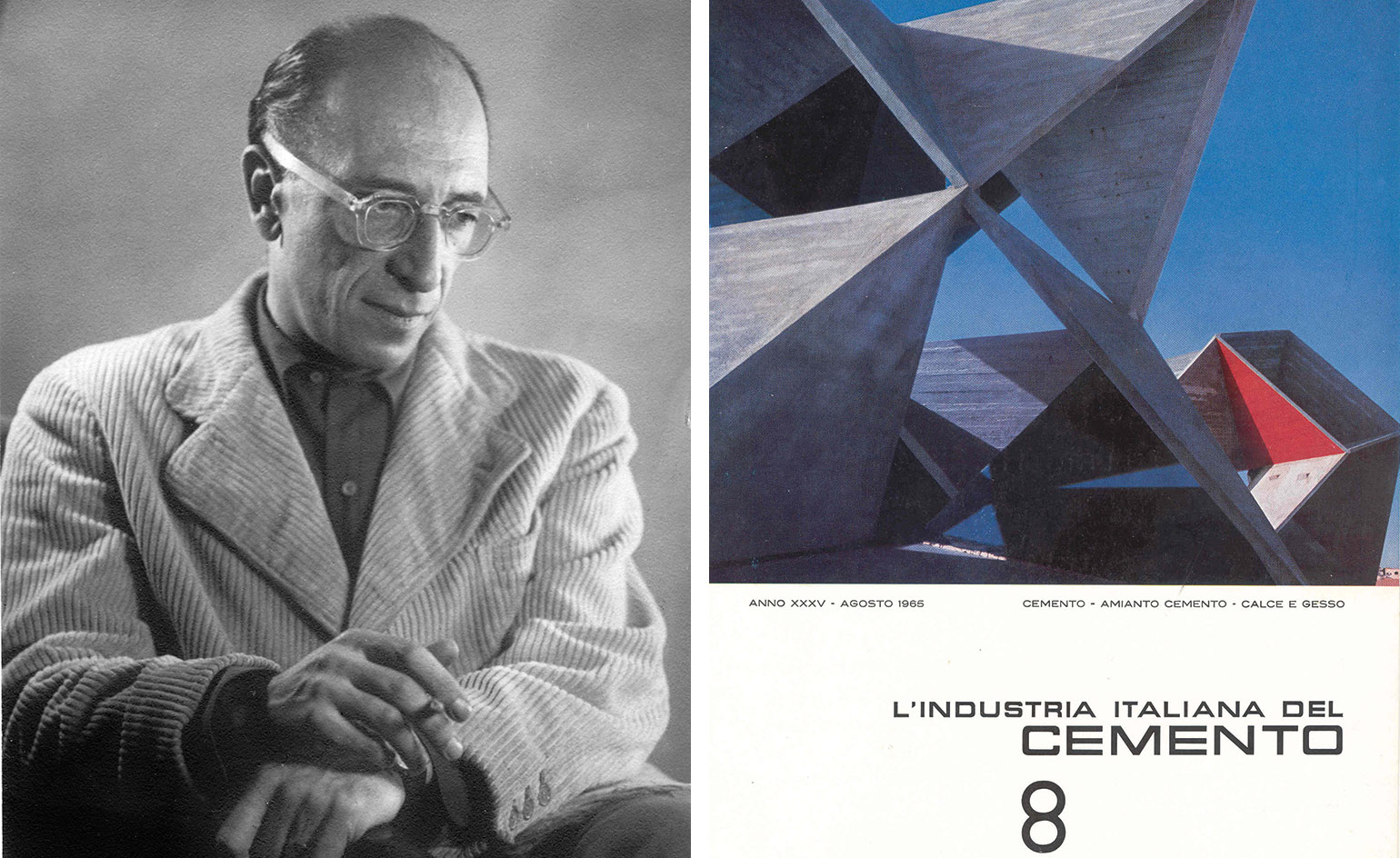
Portrait of Alfred Neumann, alongside a journal cover featuring the architect’s work
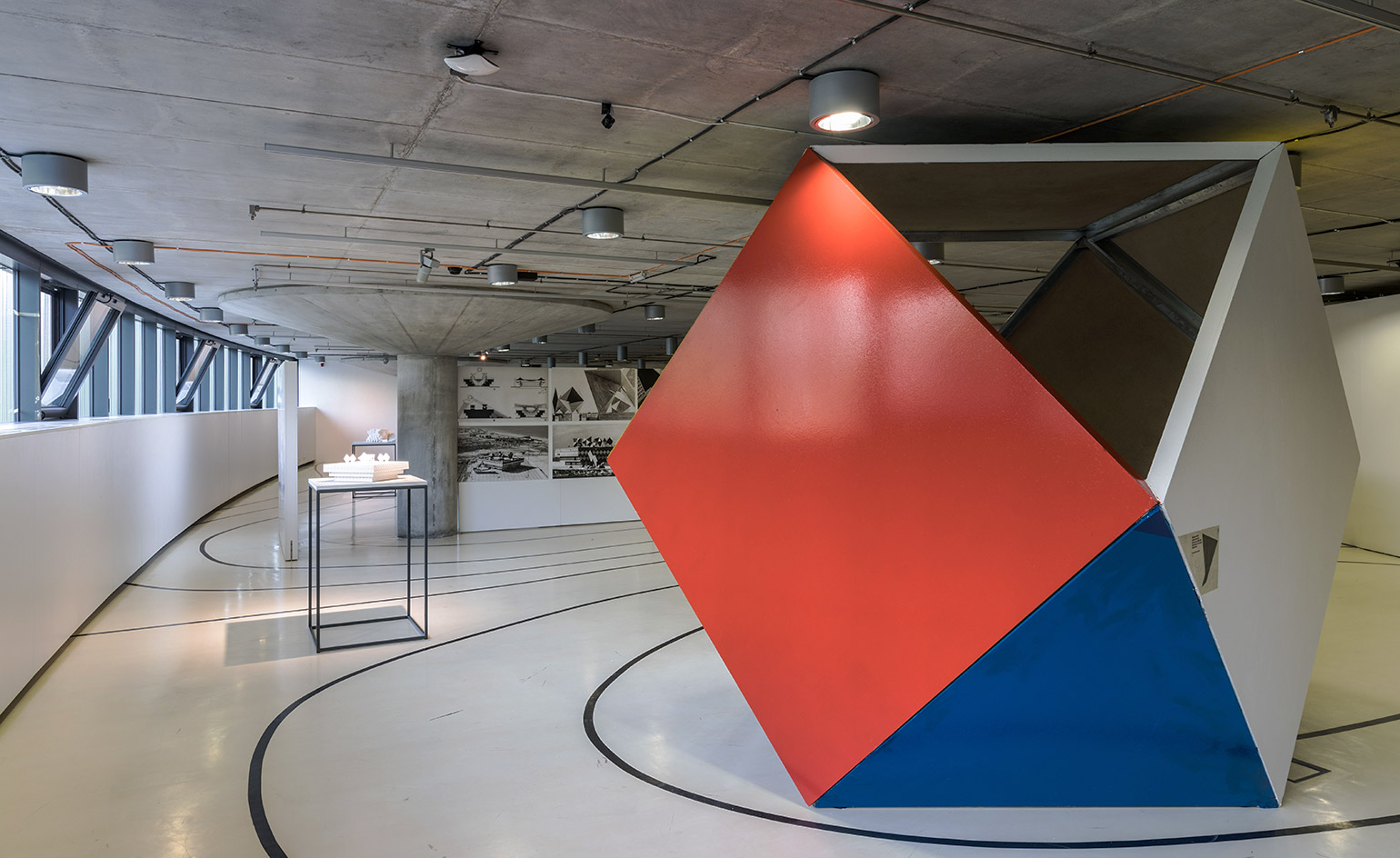
Installation view of ‘Space packing architecture: The life and work of Alfred Neumann’ at the Czech National Library of Technology.
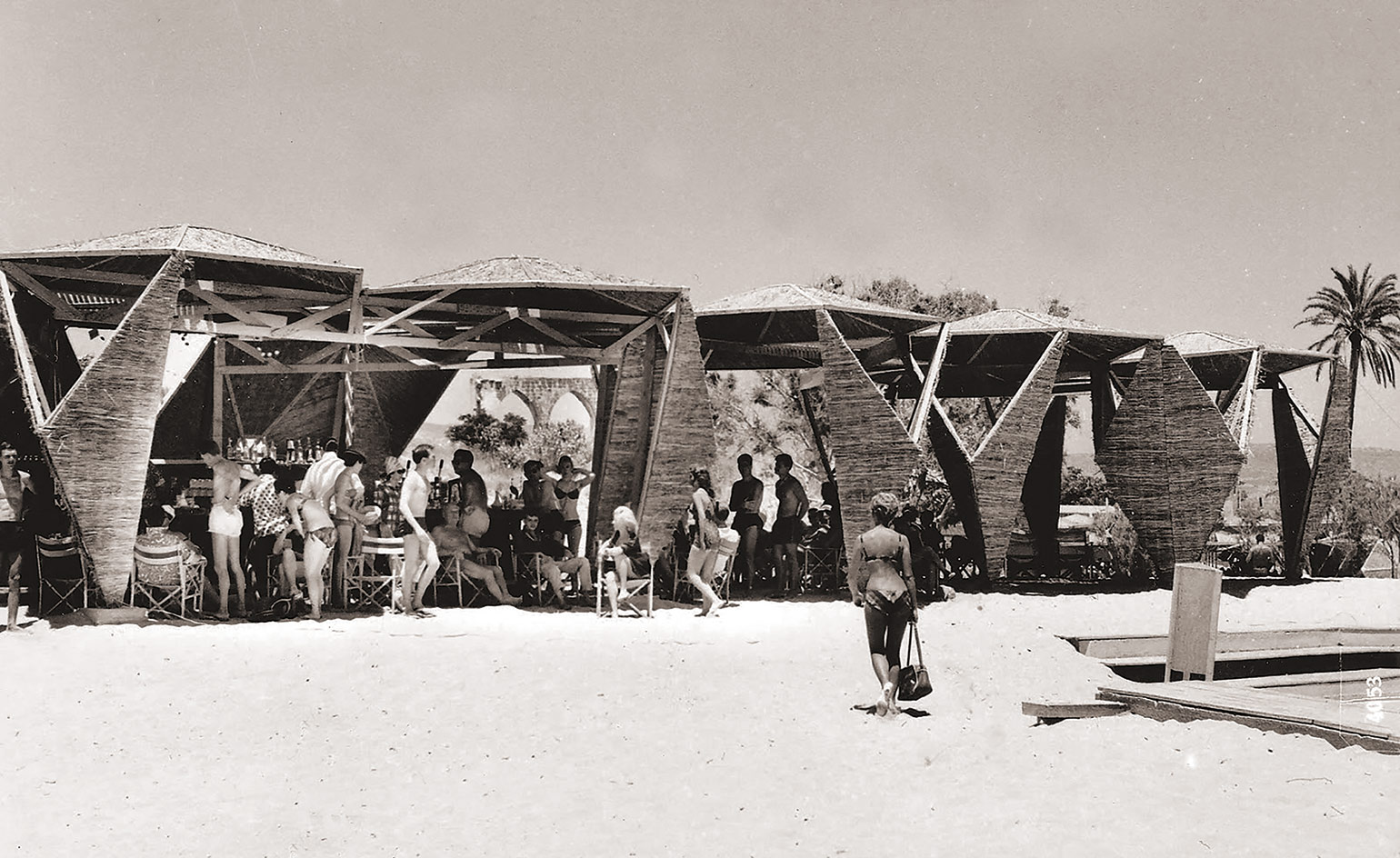
Club Med resort, Achziv, completed 1961
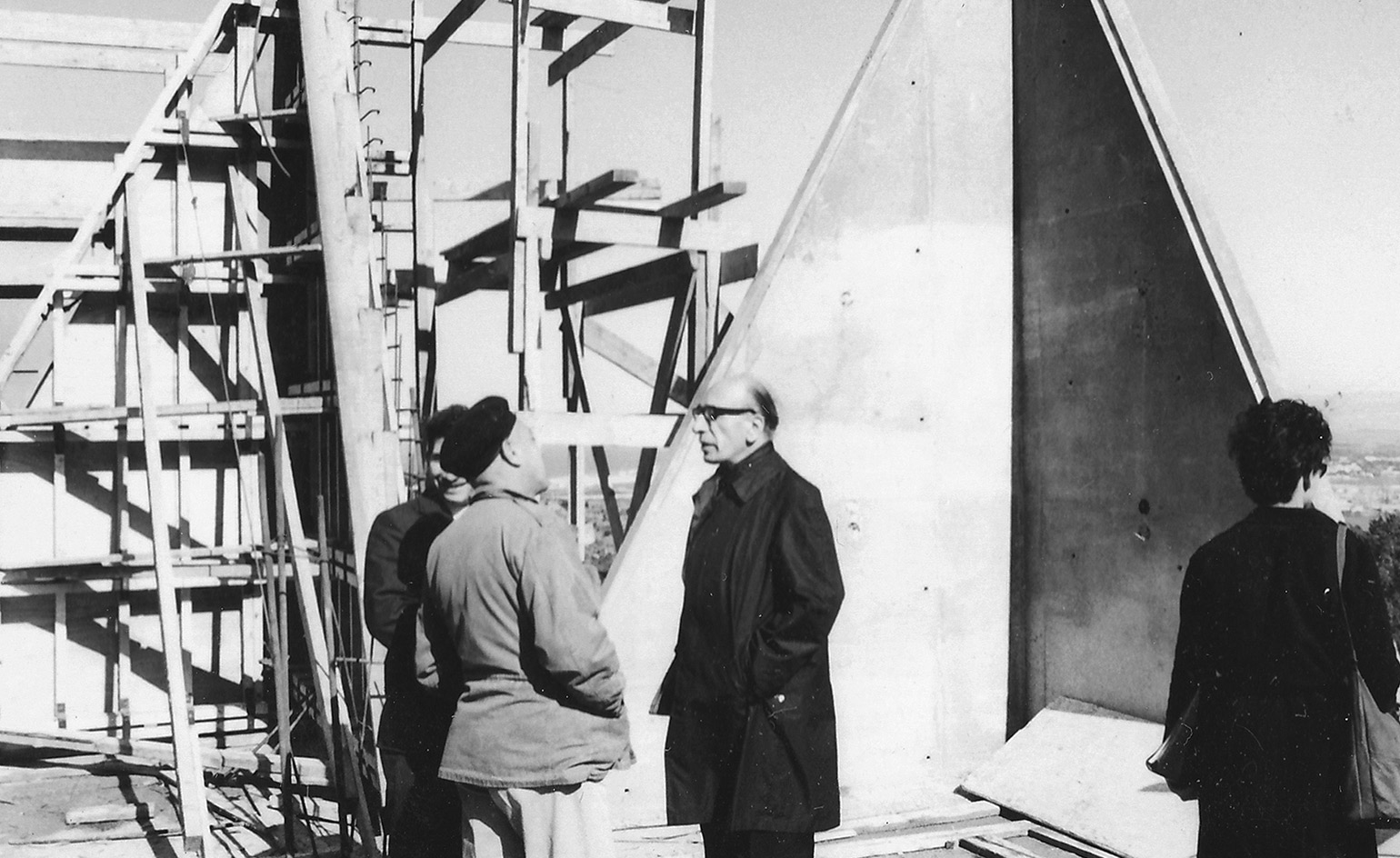
Neumann at the Danciger site
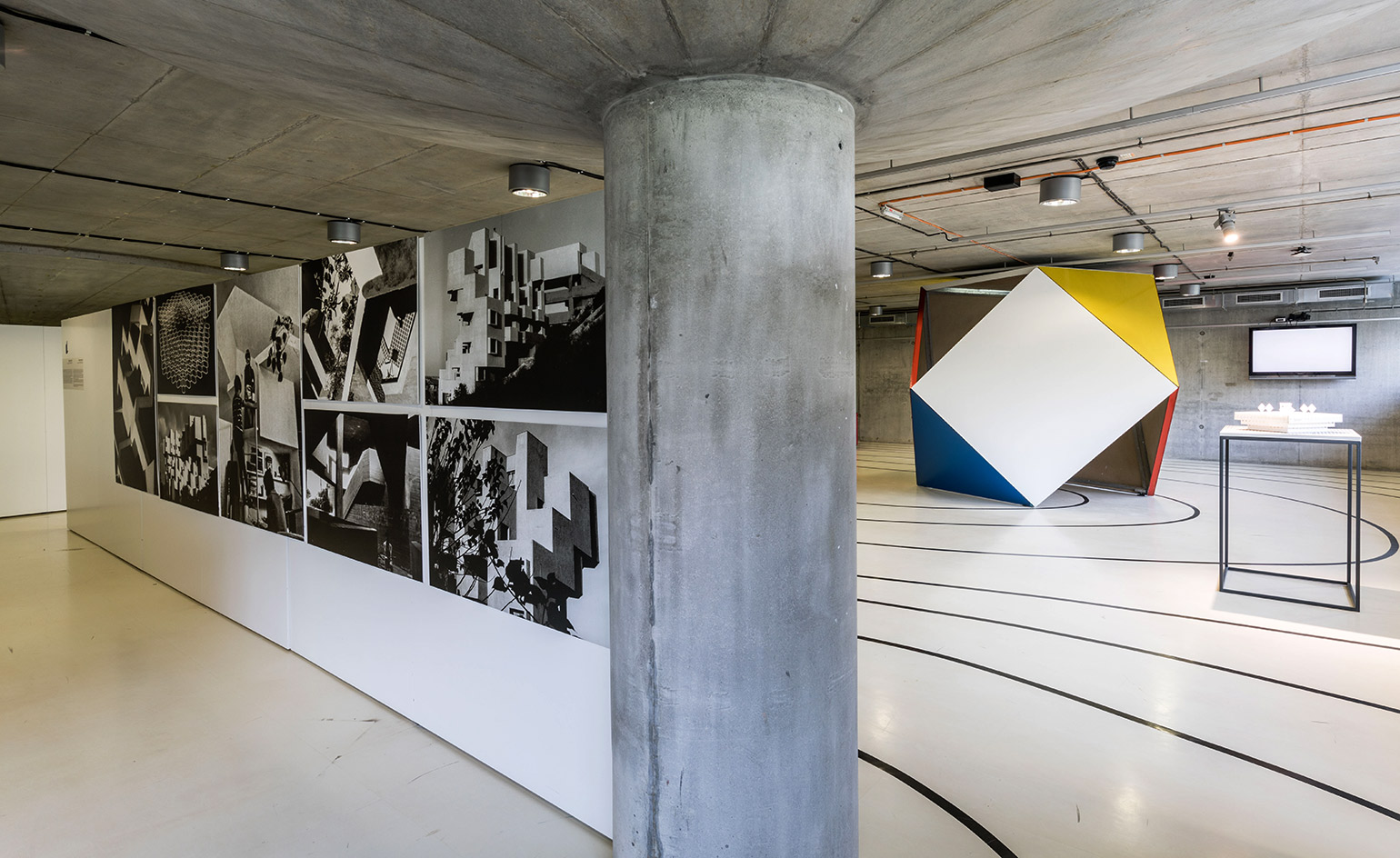
Installation view of ‘Space packing architecture: The life and work of Alfred Neumann’ at the Czech National Library of Technology
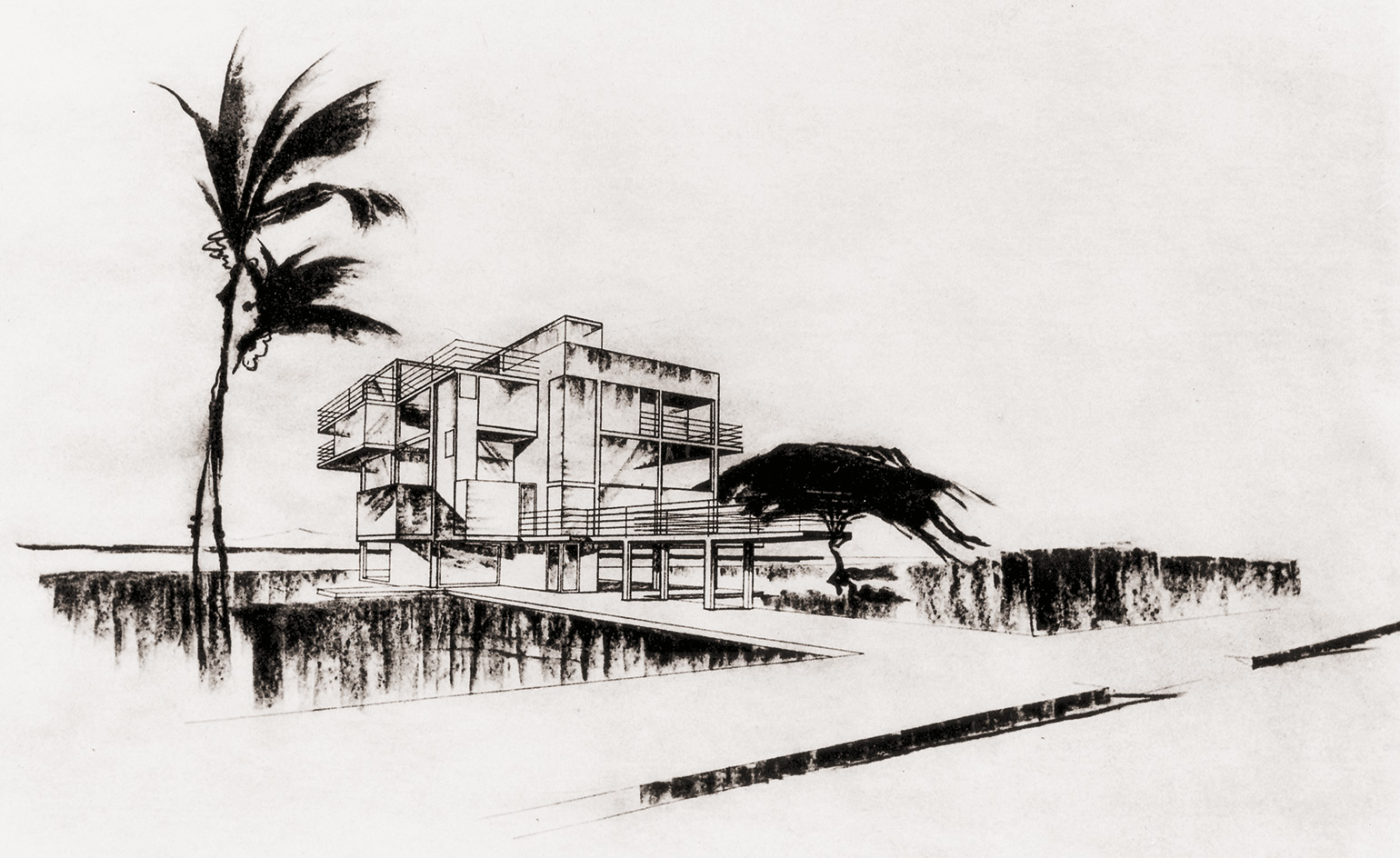
Sketch by Alfred Neumann
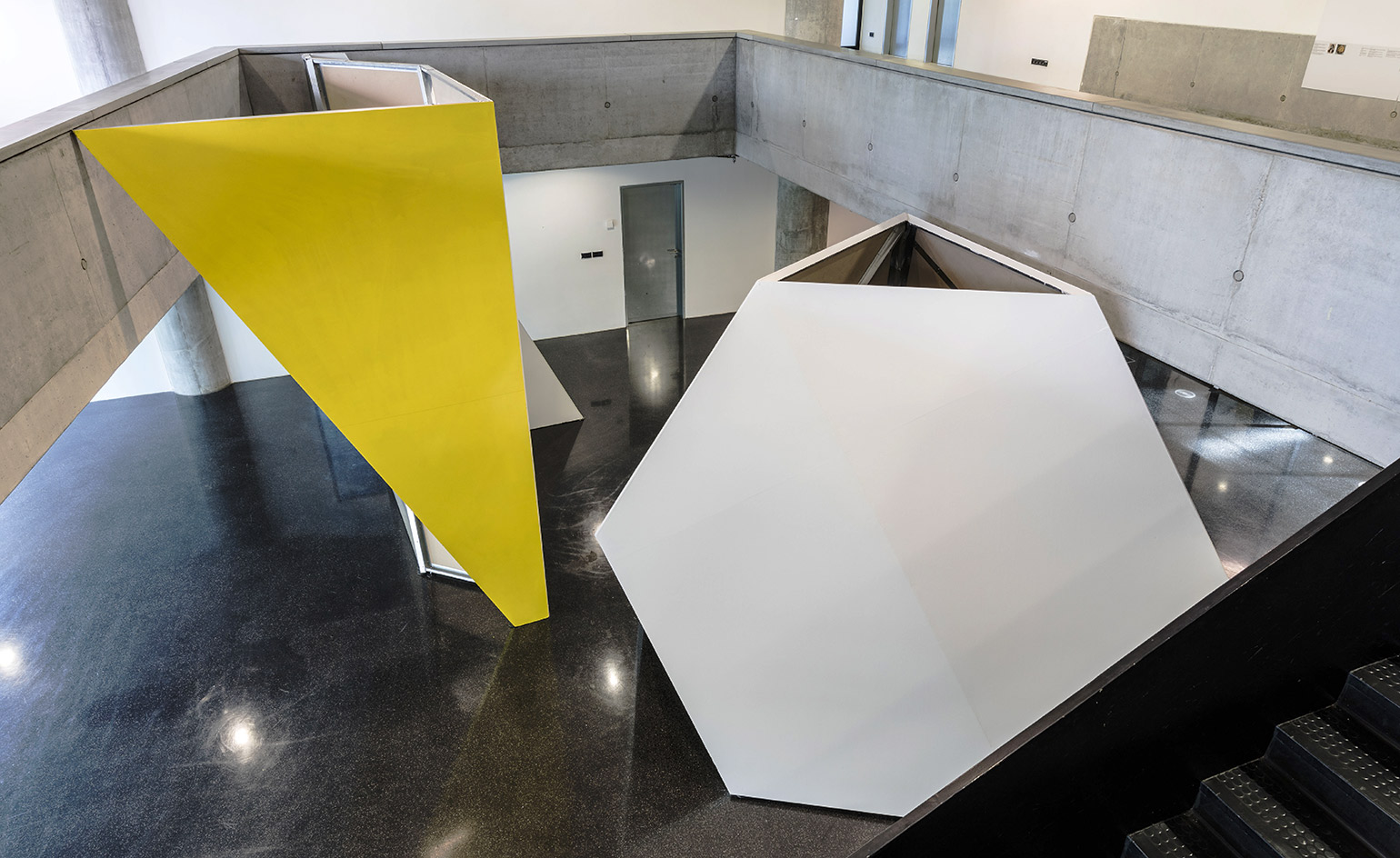
Installation view of ‘Space packing architecture: The life and work of Alfred Neumann’ at the Czech National Library of Technology.
INFORMATION
‘Space Packing Architecture: The life and work of Alfred Neumann’ is on view until 1 October. For more information, visit the Czech National Library of Technology website
ADDRESS
Gallery NTK
Czech National Library of Technology
Technická 2710/
160 80 Praha 6-Dejvice
Receive our daily digest of inspiration, escapism and design stories from around the world direct to your inbox.
Adam Štěch is an architectural historian, curator, writer and photographer, based in Prague. He is the author of books including Modern Architecture and Interiors (2006), editor of design magazine Dolce Vita and a contributor to titles including Wallpaper* and Frame, while also teaching at Scholastika in Prague.
-
 A revived public space in Aberdeen is named Scotland’s building of the year
A revived public space in Aberdeen is named Scotland’s building of the yearAberdeen's Union Terrace Gardens by Stallan-Brand Architecture + Design and LDA Design wins the 2025 Andrew Doolan Best Building in Scotland Award
-
 Own an early John Lautner, perched in LA’s Echo Park hills
Own an early John Lautner, perched in LA’s Echo Park hillsThe restored and updated Jules Salkin Residence by John Lautner is a unique piece of Californian design heritage, an early private house by the Frank Lloyd Wright acolyte that points to his future iconic status
-
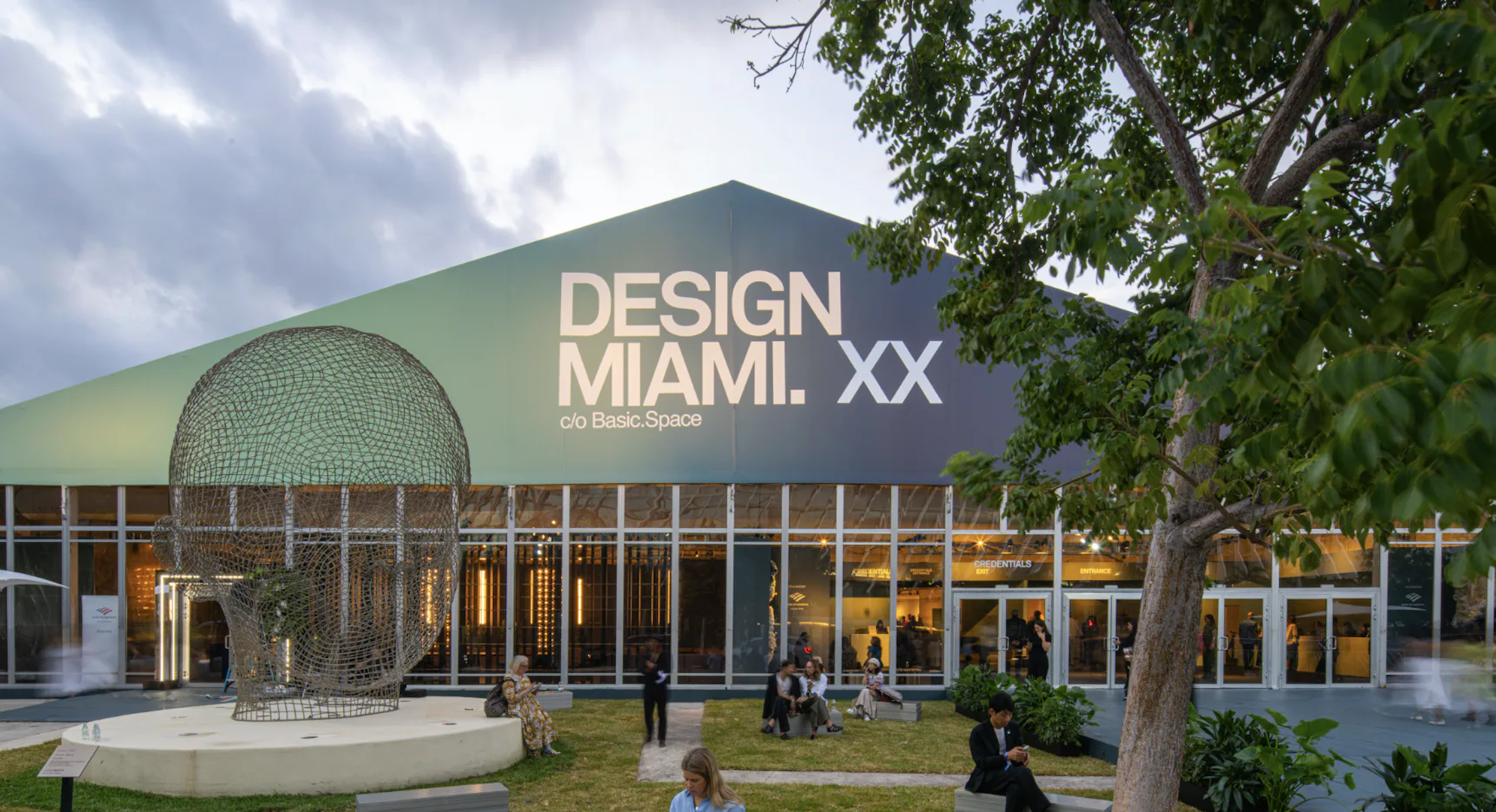 20 things that positively delighted us in and around Design Miami this year
20 things that positively delighted us in and around Design Miami this yearFrom covetable 20th-century masterpieces to a tower made from ceramic pickles, these were the works that stood out amid the blur of Art Week
-
 The Architecture Edit: Wallpaper’s houses of the month
The Architecture Edit: Wallpaper’s houses of the monthFrom wineries-turned-music studios to fire-resistant holiday homes, these are the properties that have most impressed the Wallpaper* editors this month
-
 This modernist home, designed by a disciple of Le Corbusier, is on the market
This modernist home, designed by a disciple of Le Corbusier, is on the marketAndré Wogenscky was a long-time collaborator and chief assistant of Le Corbusier; he built this home, a case study for post-war modernism, in 1957
-
 Louis Kahn, the modernist architect and the man behind the myth
Louis Kahn, the modernist architect and the man behind the mythWe chart the life and work of Louis Kahn, one of the 20th century’s most prominent modernists and a revered professional; yet his personal life meant he was also an architectural enigma
-
 The Architecture Edit: Wallpaper’s houses of the month
The Architecture Edit: Wallpaper’s houses of the monthFrom Malibu beach pads to cosy cabins blanketed in snow, Wallpaper* has featured some incredible homes this month. We profile our favourites below
-
 Three lesser-known Danish modernist houses track the country’s 20th-century architecture
Three lesser-known Danish modernist houses track the country’s 20th-century architectureWe visit three Danish modernist houses with writer, curator and architecture historian Adam Štěch, a delve into lower-profile examples of the country’s rich 20th-century legacy
-
 The Architecture Edit: Wallpaper’s houses of the month
The Architecture Edit: Wallpaper’s houses of the monthThis September, Wallpaper highlighted a striking mix of architecture – from iconic modernist homes newly up for sale to the dramatic transformation of a crumbling Scottish cottage. These are the projects that caught our eye
-
 Richard Neutra's Case Study House #20, an icon of Californian modernism, is for sale
Richard Neutra's Case Study House #20, an icon of Californian modernism, is for salePerched high up in the Pacific Palisades, a 1948 house designed by Richard Neutra for Dr Bailey is back on the market
-
 The best of California desert architecture, from midcentury gems to mirrored dwellings
The best of California desert architecture, from midcentury gems to mirrored dwellingsWhile architecture has long employed strategies to cool buildings in arid environments, California desert architecture developed its own distinct identity –giving rise, notably, to a wave of iconic midcentury designs